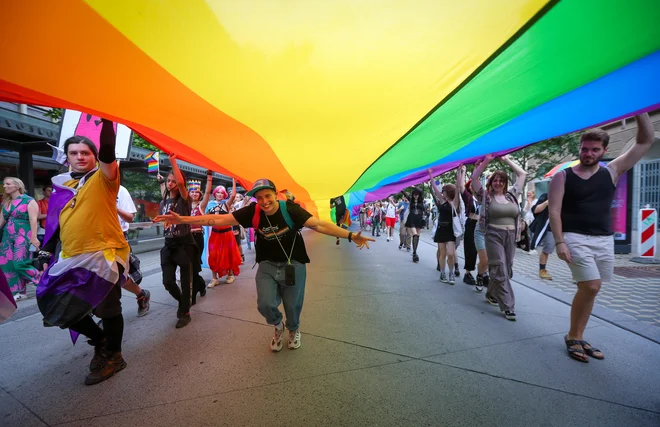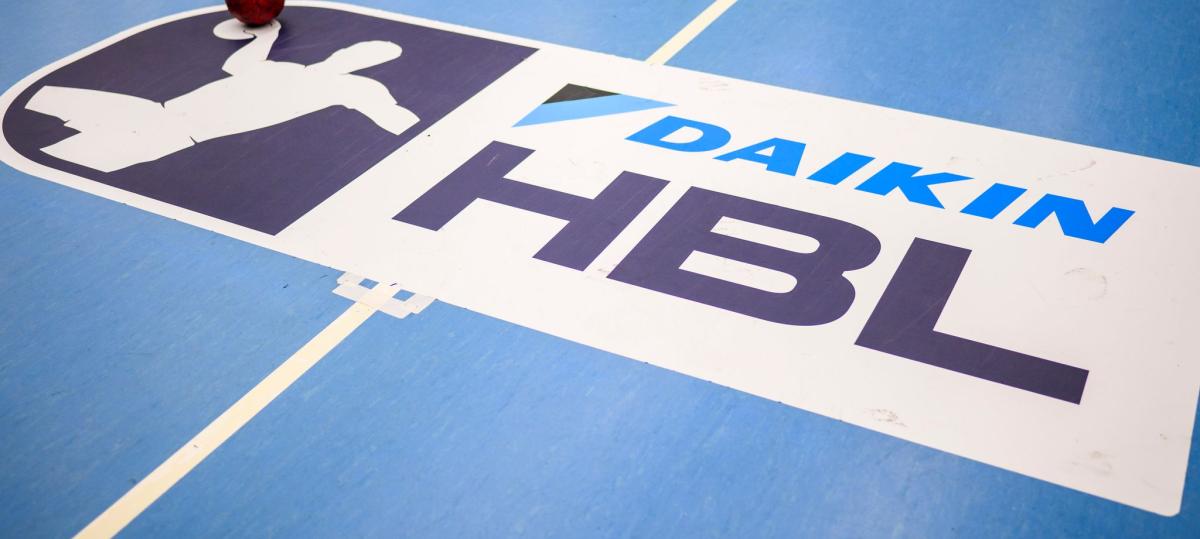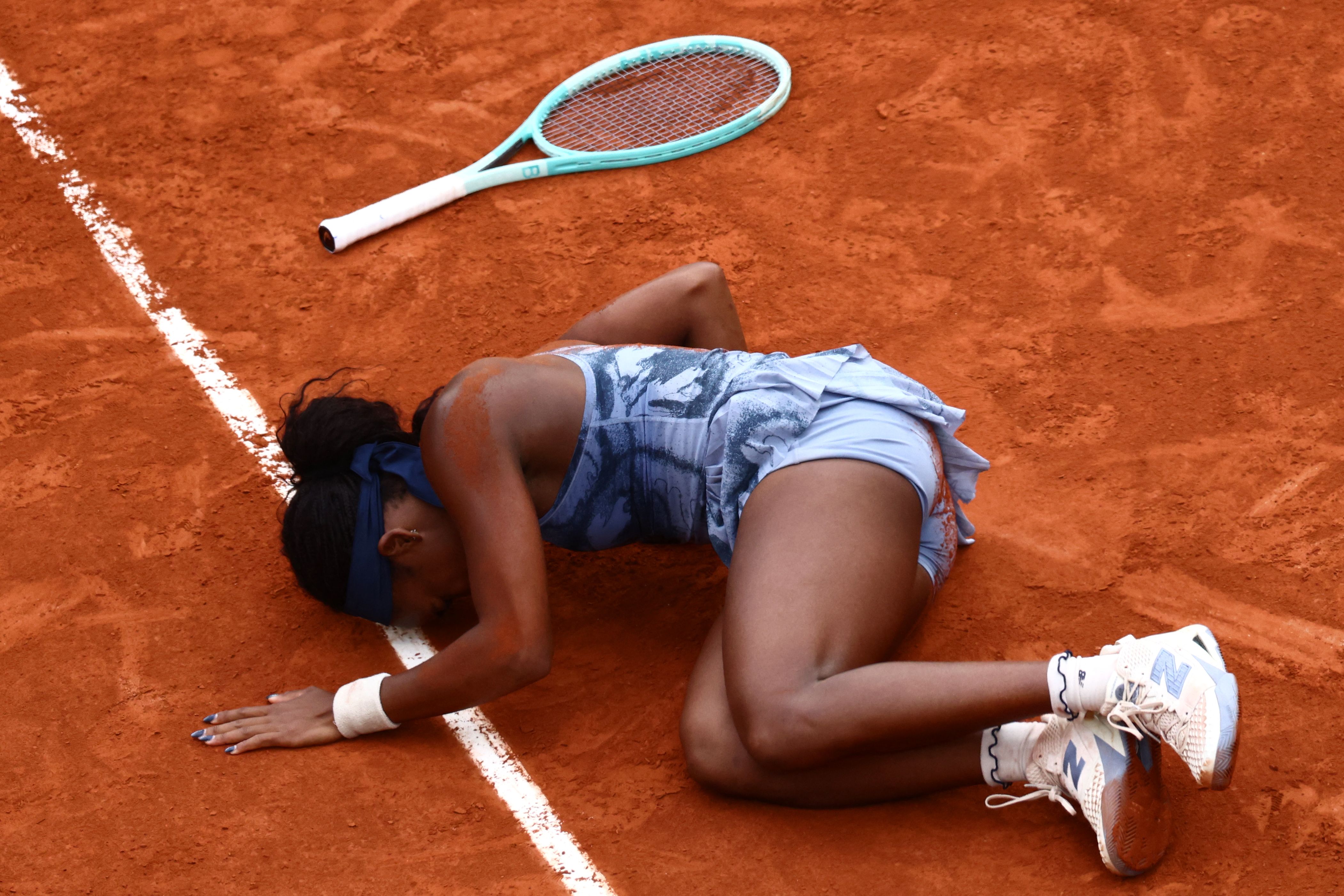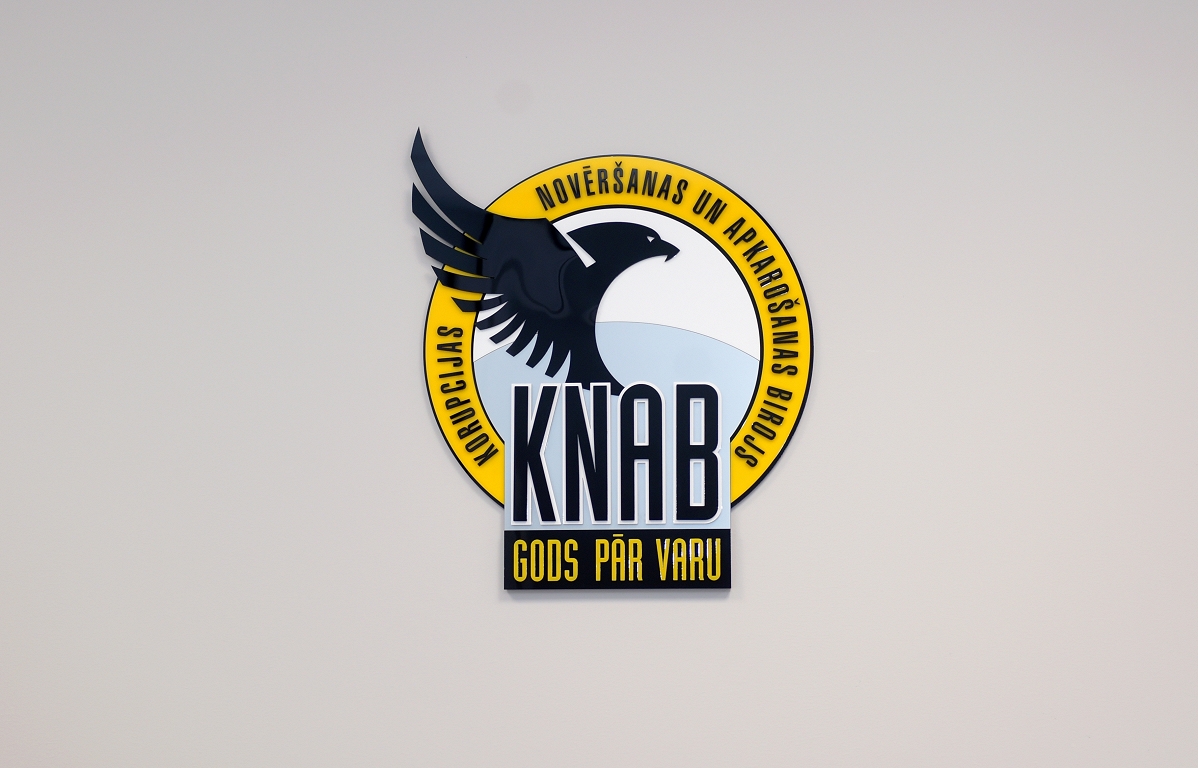At the National Gallery they are preparing for the exhibition of the year
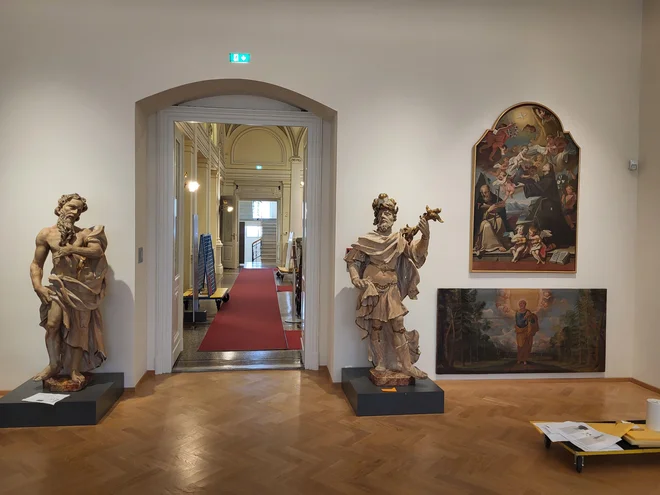
National Gallery From next week, until November, it will invite with a rather changed interior and a great exhibition, which will bring visitors closer to the art of Baroque, one of those artistic styles that most marked the Slovenian space.
Visitors can expect an extensive selection of works of art from the 17th and 18th centuries, including extremely large -forming places, which were certainly not easy to collect under the same roof.
Extensive and organizationally demanding exhibition Baroque in Slovenia, As it happens once on a generation, it will occupy the entire first floor of the historic building of the National Gallery. Half a century and more have passed from similar umbrella exhibitions at the National Gallery.
Photo: VU
A different insight into the art of 17 and 18th century
They predict professionally in -depth, in many respects a different insight into the art of the 17th and 18th centuries. There will be less emphasis on the « national expression », and more on the involvement of the then artistic achievements in Central Europe and northern Italy.
The authors of the exhibition are dr. Matej Klemencic and dr. Katra Meccathe authors of the introductory texts in the catalog are still dr. Tina Kosak, dr. Friedrich Polleroß, dr. Ferdinand Sherbelj and dr. Polona Vidmar. The gallery also hosts the latest preparations for the opening, which will be next Wednesday, the vast majority of the artworks that will be on display have already found its place.

The ceremonial hall, otherwise the most versatile hall of the National Gallery, is completely changed. Photo: VU
Bloom
Baroque is a period in which social, political and economic conditions have enabled an exceptional boom of art, to which both ambitious clients and artists contributed, local or immigrated from the wider area of Central Europe and the Italian Peninsula, the gallery wrote.
More than 170 works of art were selected for the exhibition, created in the territory or for the territory of present -day Slovenia in the 17th and 18th centuries, at a time when a major artistic impetus reappeared after the Middle Ages. Baroque was marked by vedines of cities and villages, and today it remains present in Slovenian landscapes.

Photo: VU
The ceremonial hall, otherwise the most versatile hall of the National Gallery, has been completely changed, in which only St. Yuri with a dragon Master HGGsimilar to the golden hall and both wings of the first floor, from which they removed a permanent collection due to the exhibition.

Photo: VU
The exhibited works of art are the work of renowned masters who worked in nearby art centers or established themselves in a local environment. They stand out from the Italian area Giulio quaglio from Lombardy, Venetian Francesco Fonttebasso and in Koper born Roman painter Francesco Trevisaniand from Central European and a Swabic sculptor Leonhard KernViennese court painters Martino Altomonte and Martin van Meytens Jr.as well as Johann Lucas Kracker and Kremser Schmidt.

Photo: VU
The image of the local Baroque was characterized specifically by painters such as Francis Karl Remb, Franz Ignaz Flurer, Valentin Metzinger, Franc Jelovšek, Fortunat Bergant, Anton Cebe, Franc Michael Strauss and Anton Joseph Lerchingerand among sculptors besides Francesca Robba yet Joseph Straub, Veit Königer and Joseph Holzinger.



